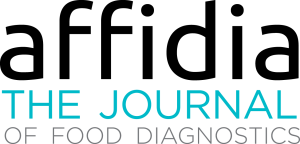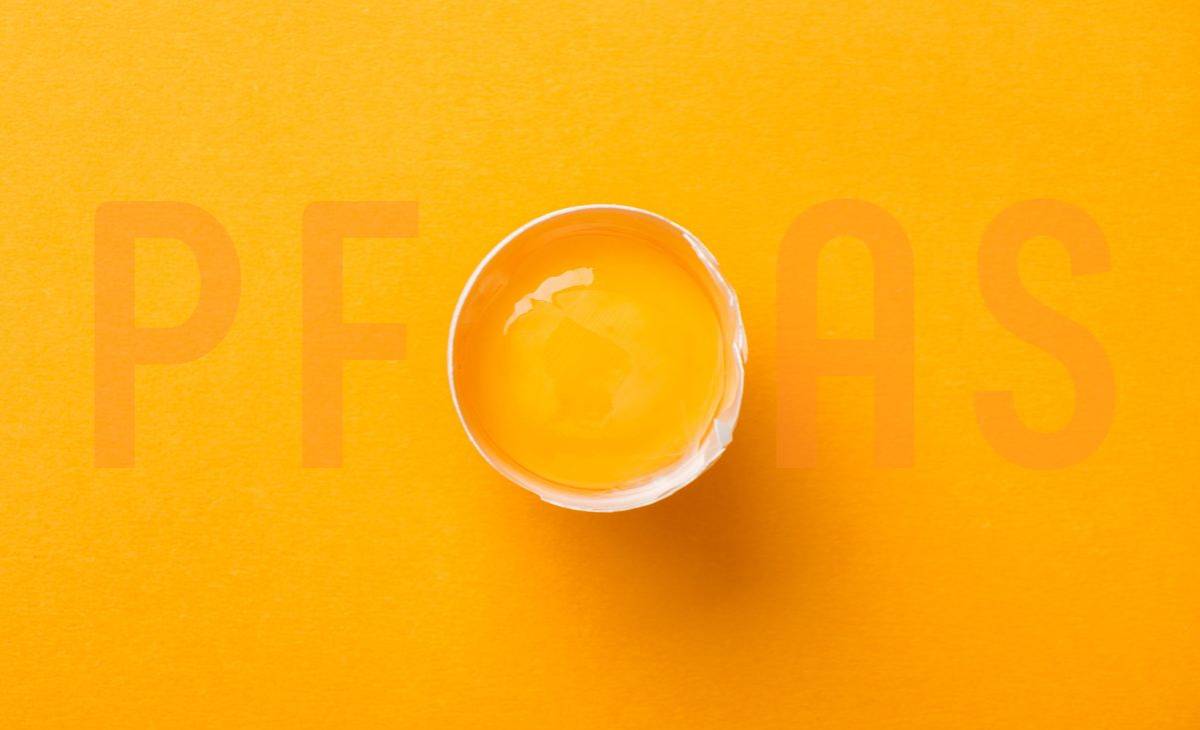PFAS found in organic eggs in Denmark
A recently published study, carried out by the DTU National Food Institute in collaboration with the Danish Veterinary and Food Administration (Fdevarestyrelsen), has found per- and poly-fluoroalkyl substances (PFAS) in egg yolks from chickens raised in Denmark.
PFAS is a group of thousands of compounds which are known as “forever chemicals”. This name comes from the fact that these substances do not degrade in the environment, instead they migrate through the food chain and tend to accumulate, including in our bodies.
In this study, PFAS have been found in organic eggs, whereas the content was low in eggs from free-range, barn and battery hens.
The Danish researchers said the substances could have been transferred from fish to fishmeal, which is included in chicken feed, via the hen to the egg, where it binds to the protein in the yolk. This relationship was found because uniform concentrations and compositions of PFAS compounds was found across large chicken flocks that consume organic feed.
The researchers assessed that this problem can be solved. They found that 4-7 days are necessary to halve the levels of PFAS in the eggs of chickens that have consumed contaminated feed. Associate Professor Kit Granby from the DTU National Food Institute said "Our investigations clearly indicate that the unwanted substance has been transferred to the eggs via fishmeal in the chicken feed. Therefore, a replacement with a non-contaminated feed ingredient could within a few weeks significantly reduce the content of PFAS in the eggs".
A change is for sure needed, as we know that when these substances reach our bodies, it can take 3 to 7 years before their concentration is halved. The young population, especially children aged 4 to 9 years, are at high risk of getting too much of these unwanted substances.
The European Food Safety Authority, EFSA, has set the tolerable weekly intake of the sum of four specific PFAS (PFOA, PFNA, PFHxS and PFOS) at 4.4 nanograms per kg body weight per week. In children who eat many eggs (5-6 eggs per week) the intake reaches 10 nanograms per kg body weight per week, and this is only considering eggs. It is necessary to consider also further exposures to PFAS, as it is present in many other foods and sources, all of which contribute to the total intake.
"When children are at risk of being exposed to more than twice as much PFAS solely from eggs as the amount that is the limit for a safe intake, the risk is noticeable. Especially when the intake for all age groups is close to the limit of what EFSA assesses as safe", Prof. Granby said.
The European Commission has recently approved the regulation (EU) 2022/2388 which amends the regulation (EC) n. 1881/2006 on contaminants in food products. Therefore, maximum levels for four PFAS and their sum in different food products (including eggs) are in force starting from 1 January 2023. This means that food items sold before that date might exceed the new maximum levels. It is expected that, in the near future, the EU Commission will introduce maximum levels in feed, as it has been implemented for other environmental pollutants.
Source:






















